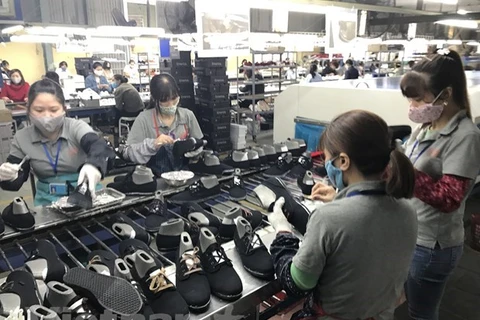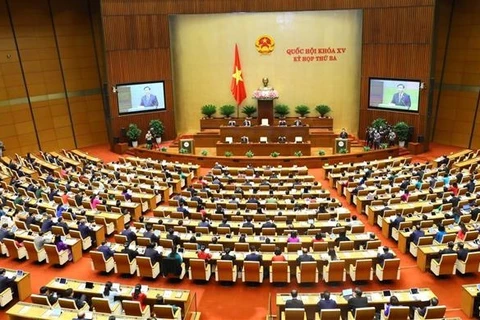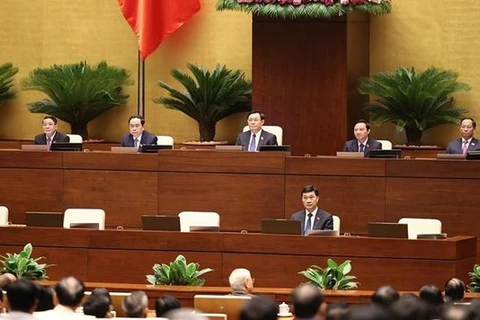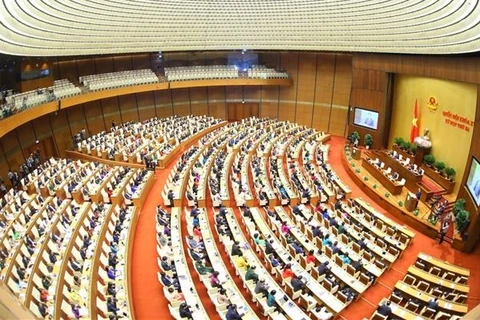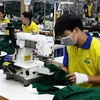Hanoi (VNA) – The State budget overspending in 2020 stood at over 216.4 trillion VND (9.3 billion USD), equivalent to 3.44 percent of GDP, statistics showed.
It was 18.39 trillion VND and 151.89 trillion VND lower than the initial estimate and the permissible level set by the National Assembly, respectively.
Minister of Finance Ho Duc Phoc revealed the figures while reporting on the 2020 State budget balance to the 15th National Assembly at the third session that opened on May 23.
It comprised nearly 213.09 trillion VND in the central budget overspending and 3.32 trillion VND in local budget overspending.
Phoc added more than 1.51 quadrillion VND was collected for the State budget in 2020, down 1.9 percent from the target. Meanwhile, over 1.7 quadrillion VND was spent, equivalent to 96.4 percent of the estimate.
During 2015 - 2020, the State budget revenue was almost 6.92 quadrillion VND, 0.8 percent higher than the target.
Nineteen localities recorded the collection at over 15 trillion VND in 2020, 30 localities over 10 trillion VND, and 17 others under 5 trillion VND, compared to the respective locality numbers of 13, 17, and 30 in 2016.
The budget allocation and use have witnessed many reforms while spending has been conducted within the collection capacity, according to the minister./.
It was 18.39 trillion VND and 151.89 trillion VND lower than the initial estimate and the permissible level set by the National Assembly, respectively.
Minister of Finance Ho Duc Phoc revealed the figures while reporting on the 2020 State budget balance to the 15th National Assembly at the third session that opened on May 23.
It comprised nearly 213.09 trillion VND in the central budget overspending and 3.32 trillion VND in local budget overspending.
Phoc added more than 1.51 quadrillion VND was collected for the State budget in 2020, down 1.9 percent from the target. Meanwhile, over 1.7 quadrillion VND was spent, equivalent to 96.4 percent of the estimate.
During 2015 - 2020, the State budget revenue was almost 6.92 quadrillion VND, 0.8 percent higher than the target.
Nineteen localities recorded the collection at over 15 trillion VND in 2020, 30 localities over 10 trillion VND, and 17 others under 5 trillion VND, compared to the respective locality numbers of 13, 17, and 30 in 2016.
The budget allocation and use have witnessed many reforms while spending has been conducted within the collection capacity, according to the minister./.
VNA

